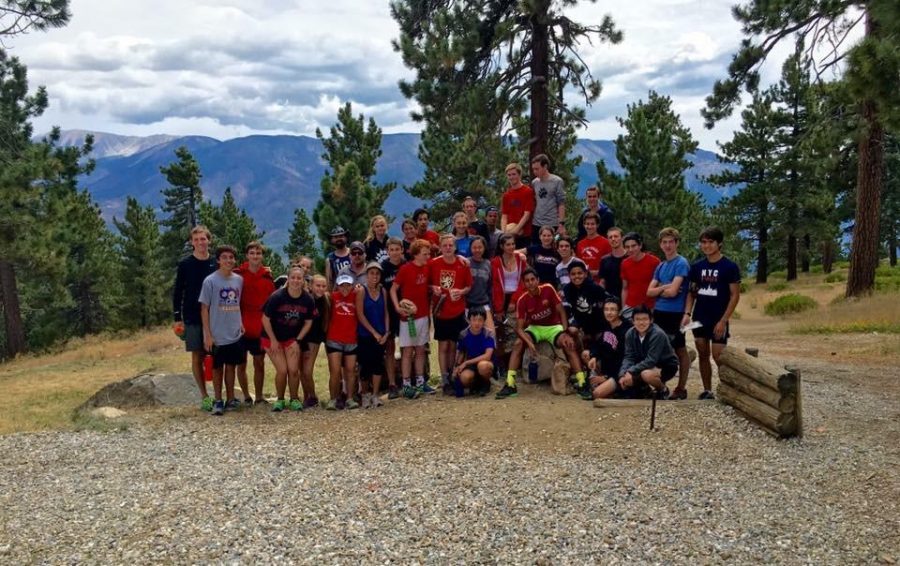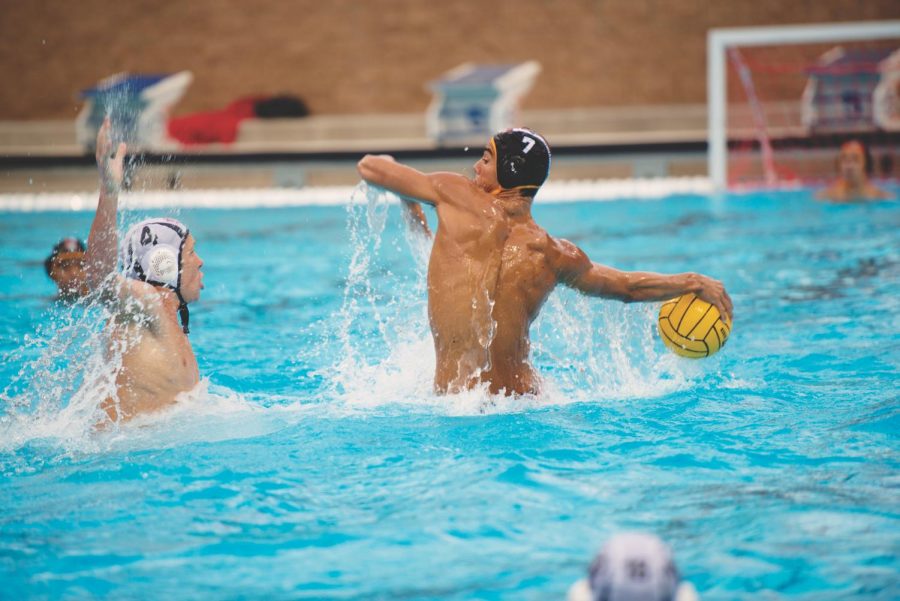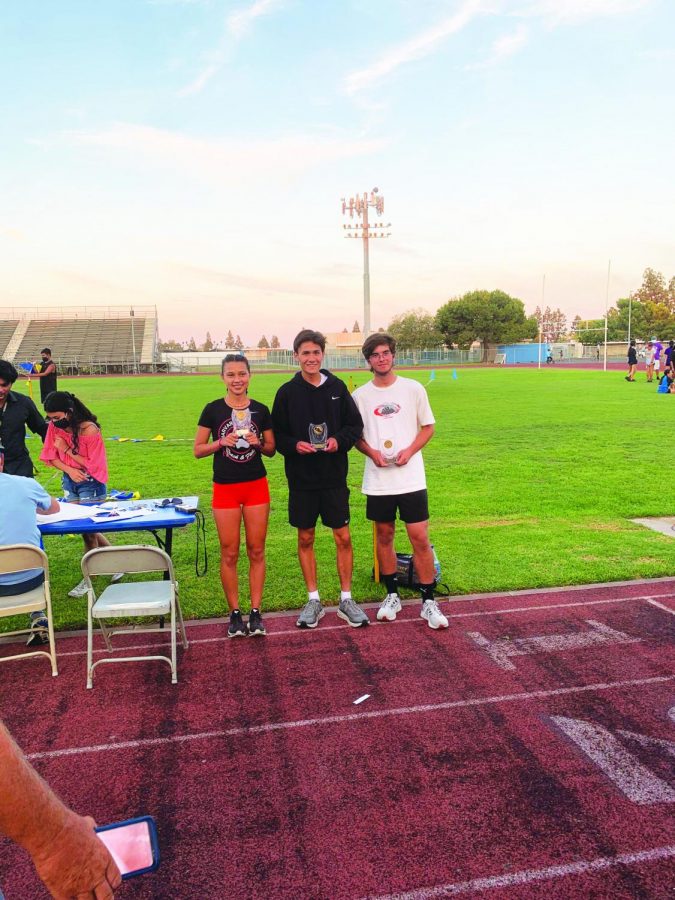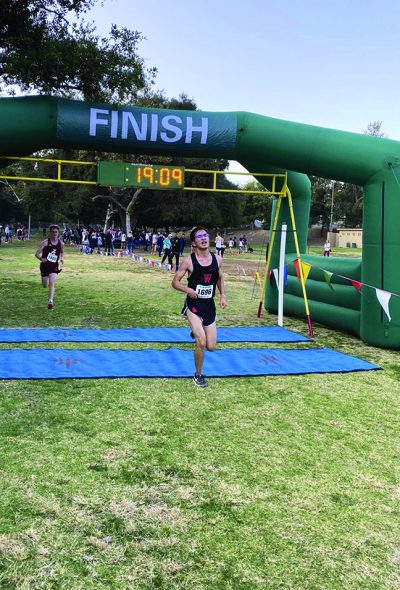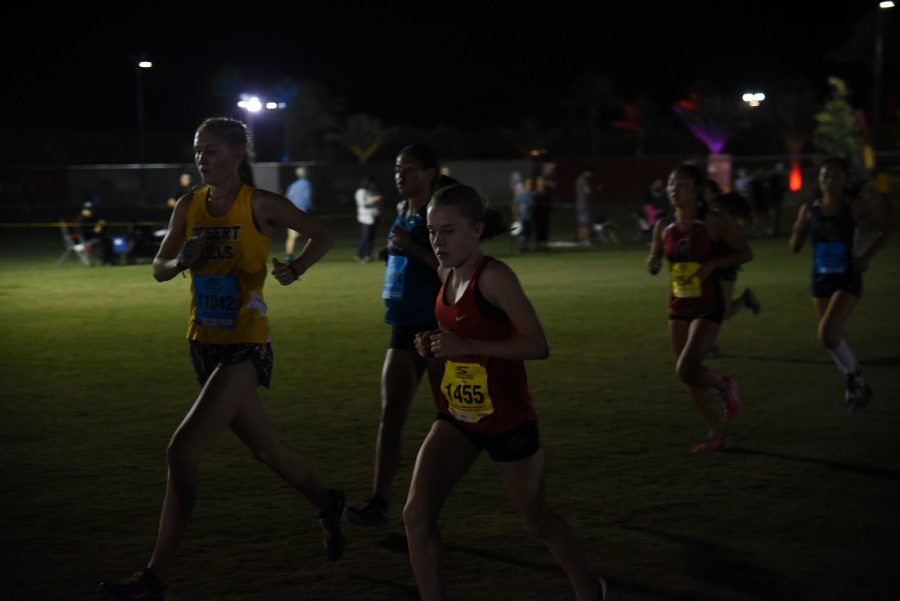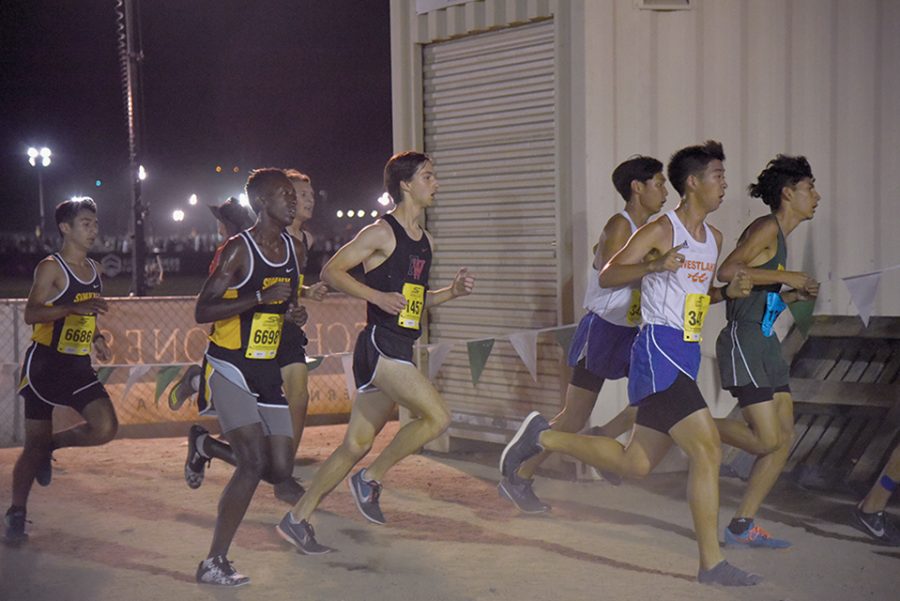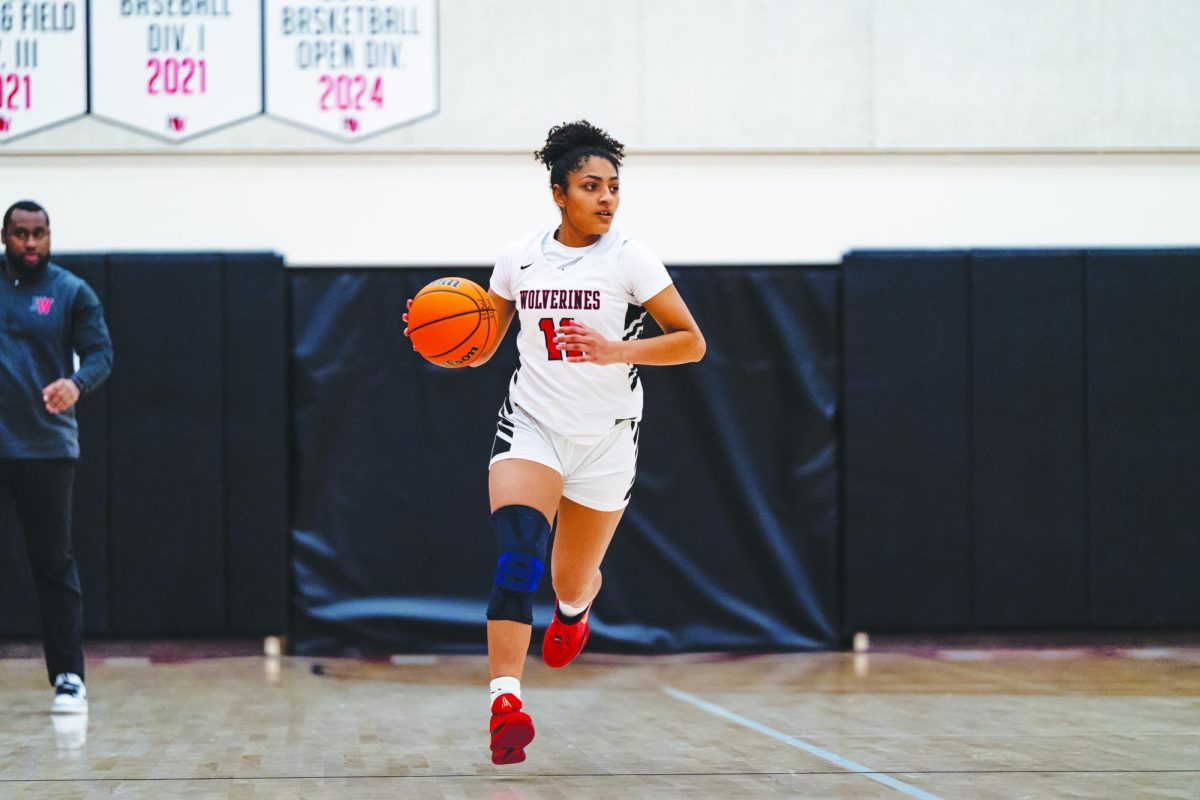Throughout the year, members of the cross-country team have only 6 weeks off – two between the cross-country and track seasons and two after track ends. That means that for most of this summer, five days a week, they met at school or parks or beaches and ran.
All in all, they ran somewhere close to 600 miles.
Just because they were practicing doesn’t mean they weren’t enjoying a classic Southern California summer, however. They ran about seven miles along Will Rogers State Beach, then made it back to their cars, pulled out boogie boards and rubbed in sunscreen and enjoyed a day in the waves. Another time, they went to a local park and played kickball.
Then there was Big Bear, everyone on the cross-country team’s favorite/least favorite week of the year. The team travels to Big Bear, CA, to train at altitude, and the workouts are infamous amongst the team. Worst of all is the “40/40” drill: a 200-meter sprint done in 40 seconds followed by a 50-meter jog in 40 seconds. Repeat 40 times. At altitude.
“And it’s harder than it sounds,” Justin Ciccone ’17 said.
The flip side is what happens when the team isn’t running. They live in cabins together, race canoes and ride chairlifts to the tops of mountains. The boys perform a skit chock full of inside jokes.
“This bond [our team shares] is super important because I don’t think that this sport would be possible if we weren’t able to lean on each other during tough times,” team captain Casey Croson ’17 said. “But most importantly, we rely on each other to make the sport worth it by making it fun. For every hard practice we have, we have three instances where we are crying, laughing or making memories that will last. That’s what makes it worth it. That’s what motivates us to run: we do it for each other.”
Not only do they lean on each other in practice, they’ll also have to rely on their teammates in meets. Cross-country is, after all, a team sport.
“I think that [people believing cross country is an individual activity] is one of the biggest misconceptions about the sport,” team captain Nate Hollander ’17 said. “The most successful teams are not the teams with the fastest guy, but with the strongest pack, meaning that there is a group of guys — usually the three, four, five runners — who all run more or less together and make sure that our score stays low.”
That group-over-the-individual focus led the underdog Wolverines to a CIF-Southern Section championship last year. The win qualified them for the State Championship, in which they finished sixth.
The girls team competed in CIF-SS finals, but did not qualify for the State tournament.
“Skill wise, we still have such an amazing team, I would say even better than before because so many kids have greatly improved,” team captain Jason Santillan ’17 said. “The quality of our team has just gone up like crazy these past few years, and I think we’re ready to go ham this season.”
While they didn’t lose a large number of competitors to graduation, they are losing quality. Gone is last year’s top runner Jack Stovitz ’16, as well as standouts Henry Roskin ’16 and Lauren Jones ’16 and Nicole Araya ’16.
“It has been hard [without last year’s seniors], as it always is, because we are all so close every year, but we’re making an effort to become just as close with new underclassmen and make them feel very welcomed,” team captain Lochryn Howe ’17 said. “We’re doing our best to make sure all the young members are training as much as possible so they can all have great seasons and contribute to the team.”
Hollander looks to be the top runner for the boys, whose best time last year (most cross-country races are three miles long) was 15:52. He’ll receive help from the likes of Santillan, Nicholas Sweeny ’17 and Austin McNabb ’18.
The girls bring back four of their top runners from last season, including team captains Crosson and Howe. Mila Danton ’17 and London Alexander ’18 will provide added depth in races.
“Lochryn, Mila and I talk all the time about how crazy it is that we have somehow gone from freshmen who barely knew each other to leaders of the team and best friends in what seems like 20 seconds,” Crosson said. “It’s starting to set in that this is the end, and we are really trying to make this season count and to leave the team knowing that we improved it and left our mark.”
After so many mornings spent jogging and laughing together, the boys and girls teams will get their first chance to see if it all paid off with their first competition, the Sea Breeze Invitational on Sept. 3.
“We are just as good of a team as we were last year, and I think we have the ability to do great things,” Hollander said. “It’s in our hands.”
Or feet.

























